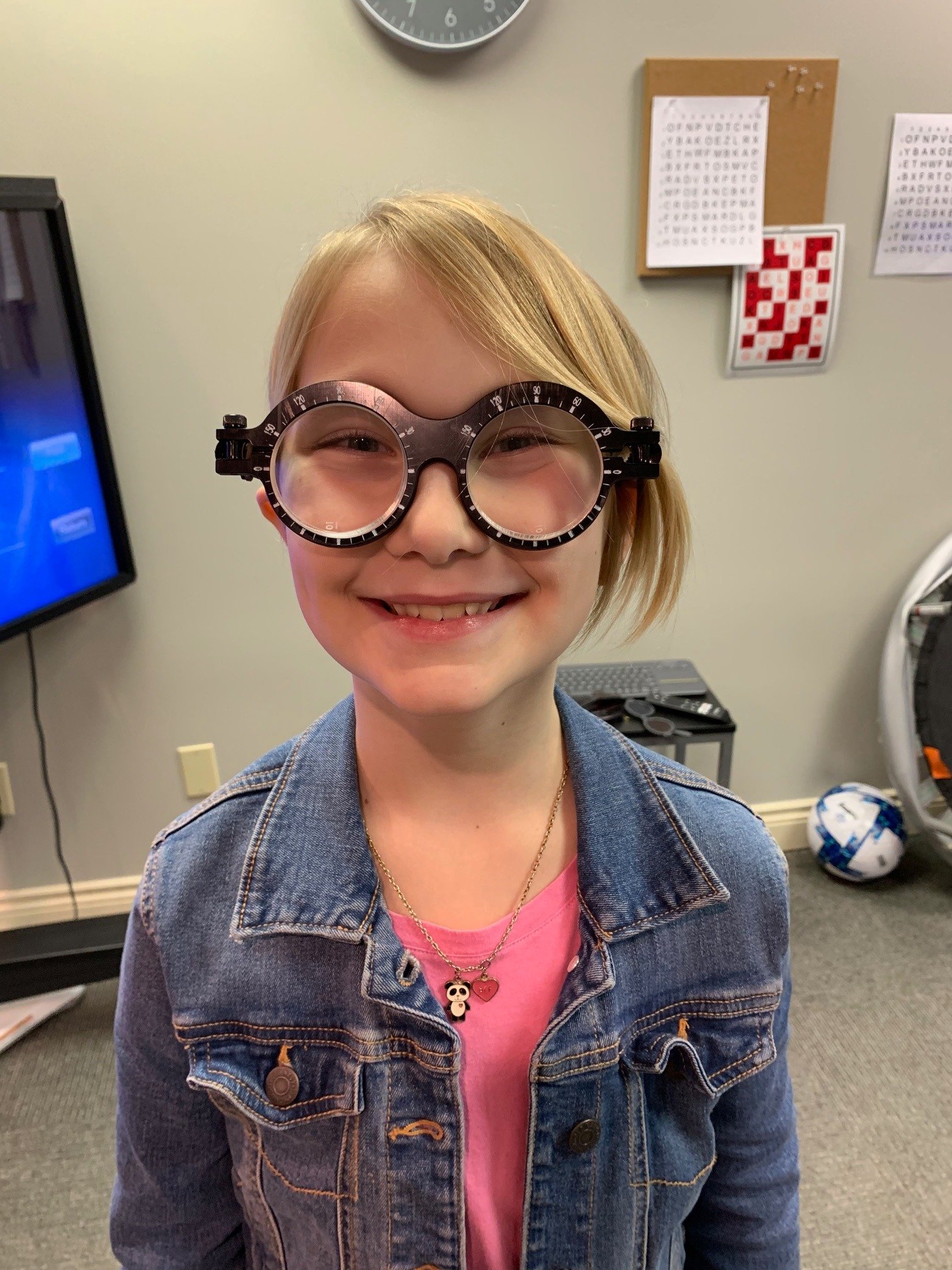
Myopia (Nearsightedness) Management
Did You Know? Myopia significantly increases your child's risk for serious eye diseases in their lifetime.

Myopia, or nearsightedness, has reached epidemic levels according to the Center for Disease Control. In 1910, 14% of Americans were nearsighted. Today, more than 40% of school-aged children are nearsighted, struggling to see far away, and it is increasing rapidly. Our goal is to limit the progression of myopia, or in some cases reverse it if caught early.
Society has changed. Children are using screens more and more, whether it’s for fun or school, which studies show increases the likelihood of Myopia. Our eyes are spending much more time focusing up close and simply increasing the power in your child’s prescription is not the answer to modern visual demands.
Myopia is often the result of visual stress from overuse of near vision and can be limited with careful control through:
Therapeutic glasses or contact lenses (not just stronger lenses every year!)
Vision therapy
Visual hygiene (ensuring optimal posture and ergonomics to minimize stress on the eyes)
Behavioral modifications
Myopia causes the eye to stretch and elongate. This creates a lifetime of stress on the eye that significantly raises the chances of:
Glaucoma
Retinal Detachment
Myopic Maculopathy
Cataracts
Watch To Learn More
Our goal is to limit the progression of Myopia, or in some cases reverse it if caught early. Watch this video to learn more about Myopia and ways to help your vision long-term.
